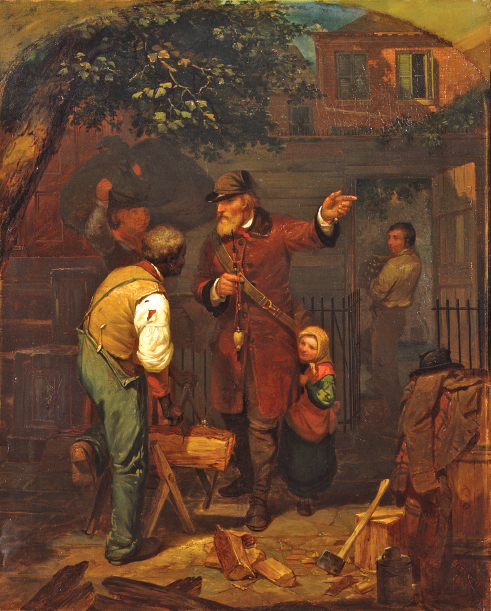How did the free-labor ideal account for economic inequality?
Printed Page 332

THE NATION’S IMPRESSIVE economic performance did not reward all Americans equally. Native-born white men tended to do better than immigrants. With few exceptions, women were excluded from opportunities open to men. Tens of thousands of women worked as seamstresses, laundresses, domestic servants, factory hands, and teachers but had little opportunity to aspire to higher-paying jobs. In the North and West, slavery was slowly eliminated in the half century after the American Revolution, but most free African Americans were relegated to dead-end jobs as laborers and servants. Discrimination against immigrants, women, and free blacks did not trouble most white men. With certain notable exceptions, they considered it proper and just, the outcome of the free-labor system that rewarded hard work and, ideally, education.
KEY FACTORS
1840s–1850s
- – Free-labor ideal developed to describe the economic and social successes and shortcomings in the North and West.
- – Almost 4.5 million immigrants arrived in the United States, three-fourths of them from Ireland and Germany.
CHAPTER LOCATOR
What factors contributed to the United States’ “industrial evolution”?
How did the free-labor ideal account for economic inequality?
What factors spurred westward expansion?
Why did the United States go to war with Mexico?
How did reform movements change after 1840?
Conclusion: How was white freedom in the West and North defined?
 LearningCurve
LearningCurve
Check what you know.